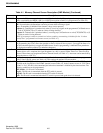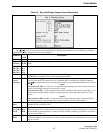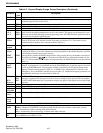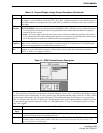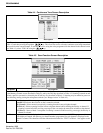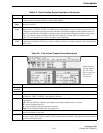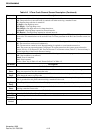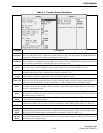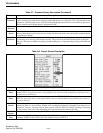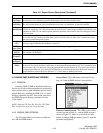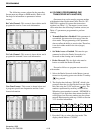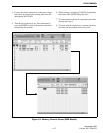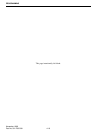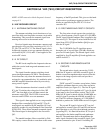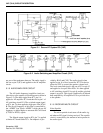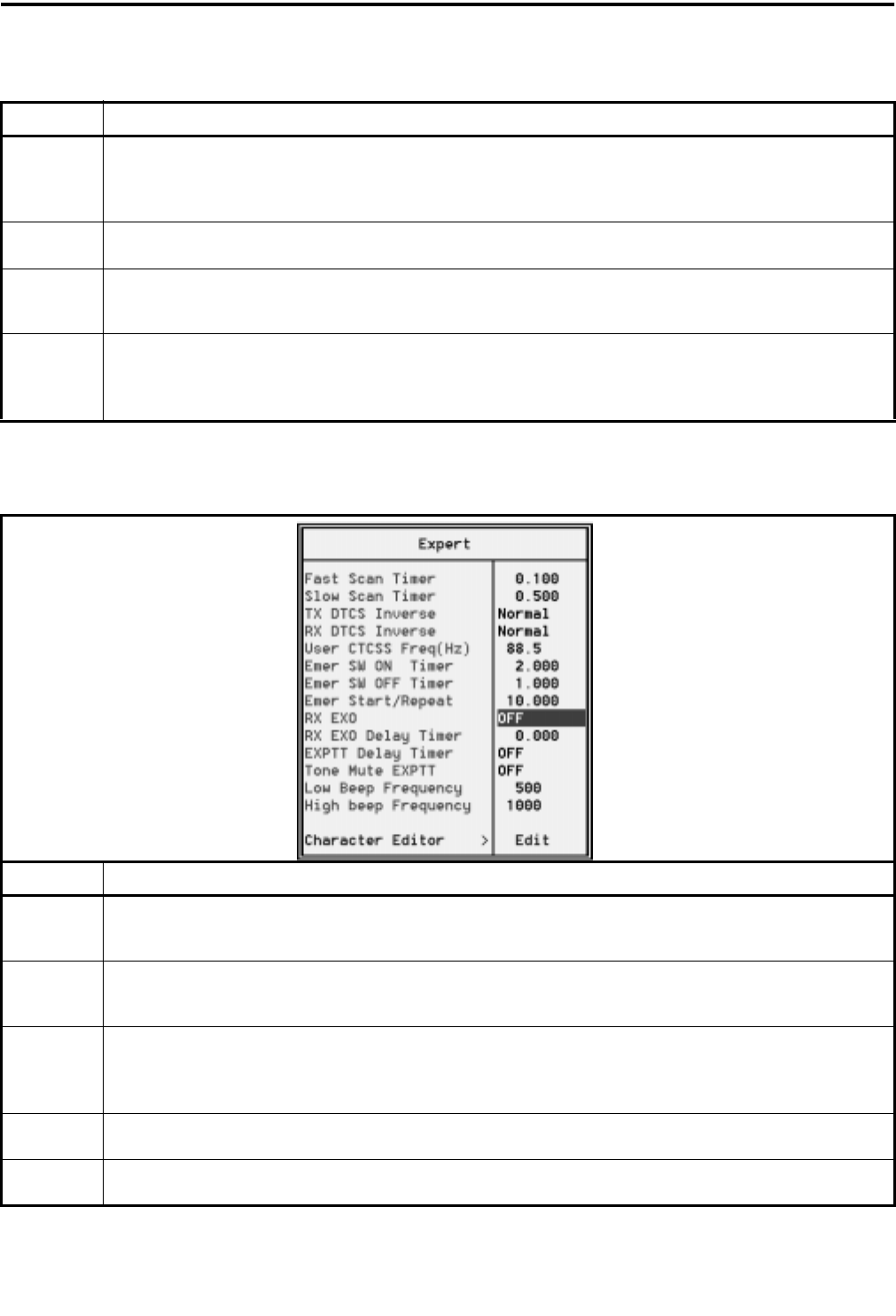
PROGRAMMING
4-14
November 1998
Part No. 001-7600-001
Parameter Description
Power On
Password
This turns the password function on and off. When it is turned on, “PWoRd” is displayed when power is turned
on and a four-digit password must be entered to enable the transceiver (see Section 3.3.2). The password is pro-
grammed in “User Password” above. If the STUN function disables the transceiver (see Table 4-6), password
input is required even if this parameter is programmed “Off”.
Dealer
Passcode
Specifies the six-digit code that must be entered to access the following dealer set mode.
Set Mode
Access
This enables/disables the Dealer Set Mode which allows one transceiver to clone another with identical infor-
mation. If the transceiver will not be used for cloning, the dealer set mode is not used and this parameter should
be programmed “Inhibit”.
Transceiver
Data Out
Enables or inhibits the downloading of transceiver programming data using the programming software or when
programming one transceiver with another (cloning). This prevents the unauthorized duplication of program-
ming data. This does not inhibit overwriting of programming data, so reprogramming is still possible with this
enabled.
Table 4-8 Expert Screen Description
Parameter Description
Fast Scan
Timer
Sets the period in seconds that each channel not programmed for CTCSS/DTCS (Call Guard) squelch is
scanned. NOTE: An appropriate time is set by default and if a time less than the default is programmed, busy
channels may not be detected.
Slow Scan
Timer
Sets the period in seconds that each channel programmed for CTCSS/DTCS (Call Guard) squelch is scanned.
NOTE: An appropriate time is set by default and if a time less than the default is programmed, busy channels
may not be detected.
Tx DTCS
Inverse
Selecting “Inverse” selects the opposite transmit digital DTCS (Call Guard) code polarity specified for the
channel (see Table 4-1) and selecting “Normal” does not change that setting. For example, if the channel is pro-
grammed “I” (inverse), selecting “Inverse” here results in “Normal” DTCS. For DTCS signaling to work prop-
erly, the polarity of the code in the transmitting and receiving transceivers must be the same.
Rx DTCS
Inverse
Functions the same as the preceding “Tx DTCS Inverse” parameter to change the receive DTCS polarity.
User CTCSS
Freq.
A non-standard CTCSS (Call Guard) tone from 60.1-300.1 Hz can be programmed. It is then selected by pro-
gramming “USER” for the CTCSS code in the channel screen (see Table 4-1).
Table 4-7 Common Screen Description (Continued)



